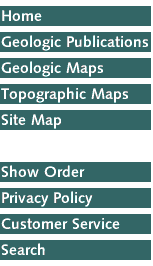

The geology of the Coastal Plain from the sounds near New Bern to the Piedmont of Wake County is discussed in the following pages. The major purpose of our work is to help decipher some of the relationships between the geology and geomorphology of the Coastal Plain and to determine their influence on the genesis and distribution of soils. Therefore, our investigations have been focused on the stratigraphic units that are at the surface in the interstream divide areas (commonly, but imprecisely, called "surficials").
During the last twenty years there has been a large and increasing use of geologic concepts in soils work, not only in the United States but throughout much of the world (Daniels et,al., 1971c). However, many of the concepts used by pedologists can be of use to stratigraphers. This is especially true in the Upper Coastal Plain where soil information has modified the upper parts of the sedimentary units. Features such as A2 horizons, plinthite, and mottling have been produced by soil-forming processes.
Soil terminology is used in much of this report. The Munsell soil color book was used to describe all colors. The USDA textural triangle in the appendix gives the range of sand, silt, and clay for each textural class. The terms used are standard terminology given in the Soil Survey Manual (Soil Survey Staff, 1962). By R.B. Daniels, E.E. Gamble, W.H. Wheeler, and C.S. Holzhey, 1972. 68 pages.
PLEASE NOTE: If you would like a pdf copy of this publication, please contact Mike Medina at Michael.Medina@deq.nc.gov
|


